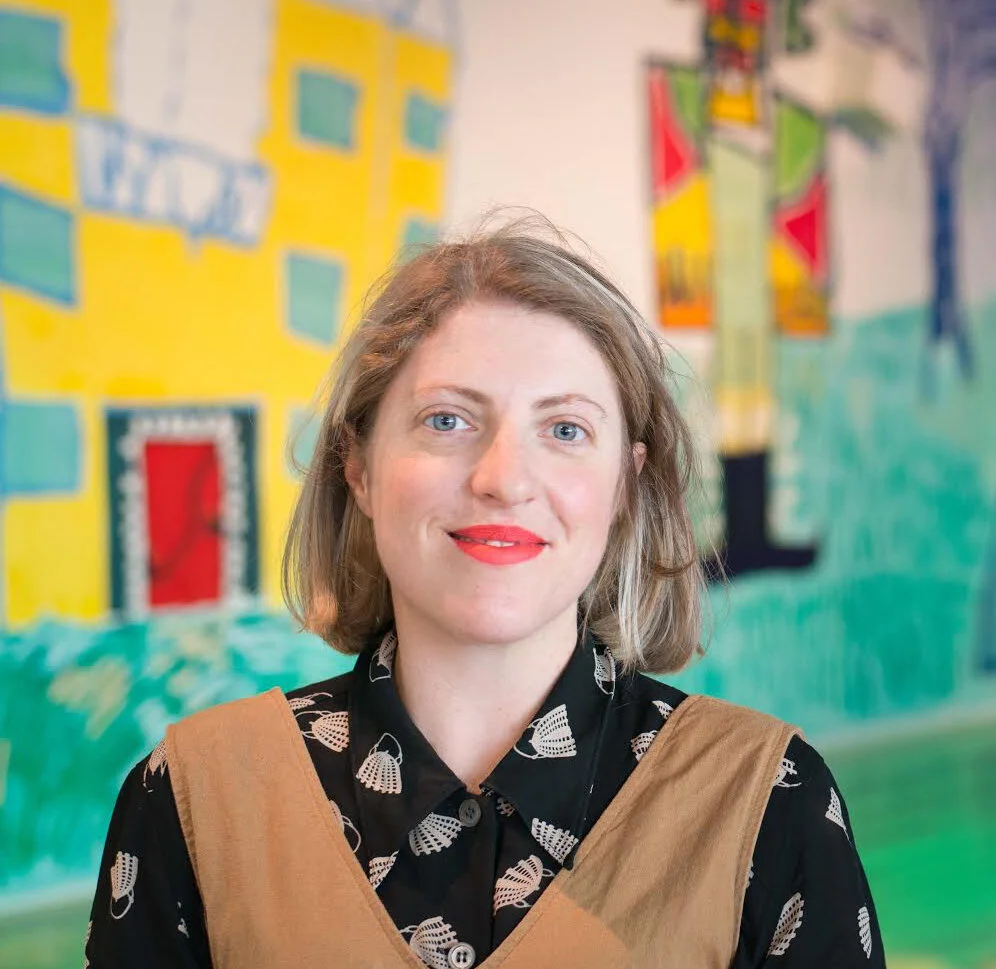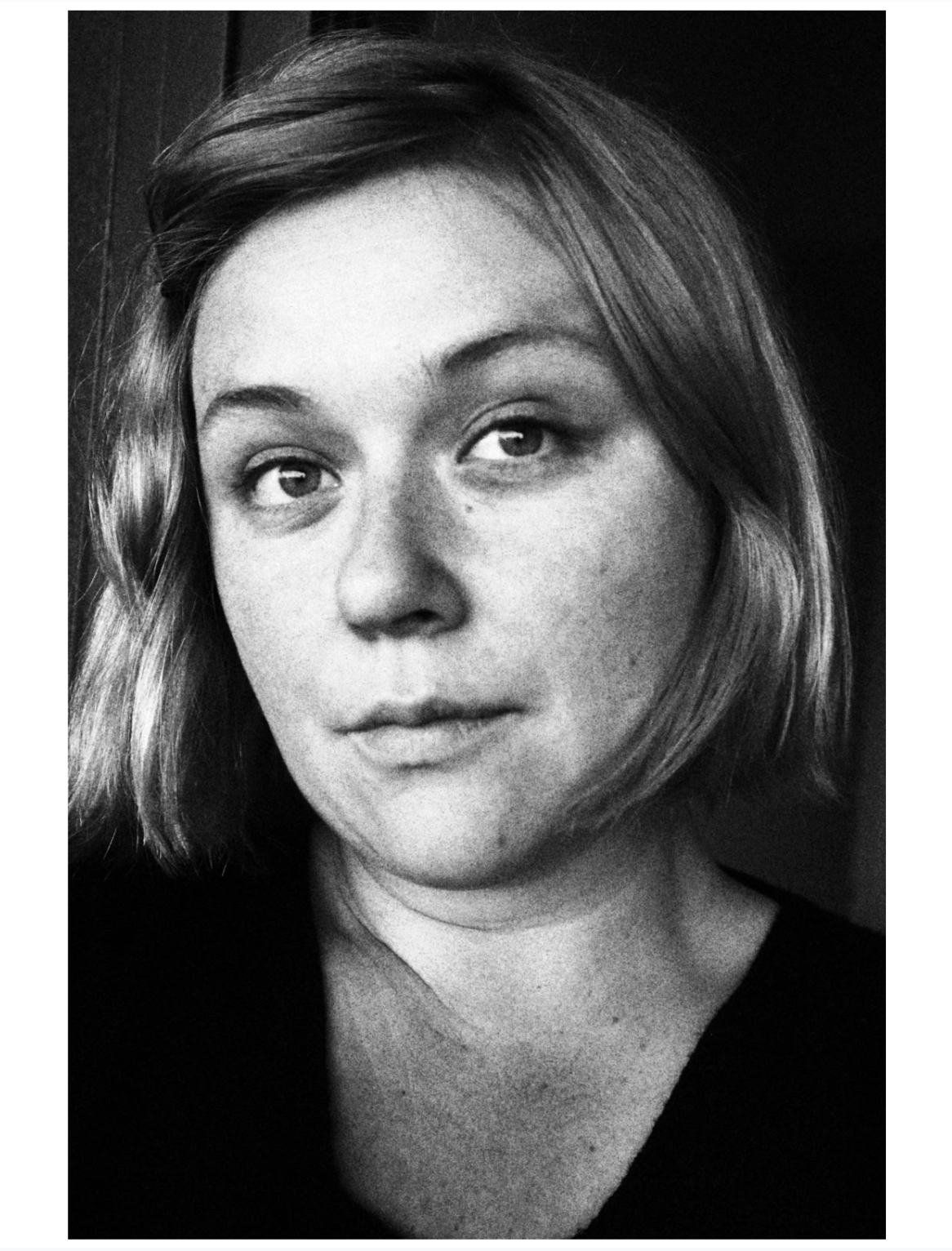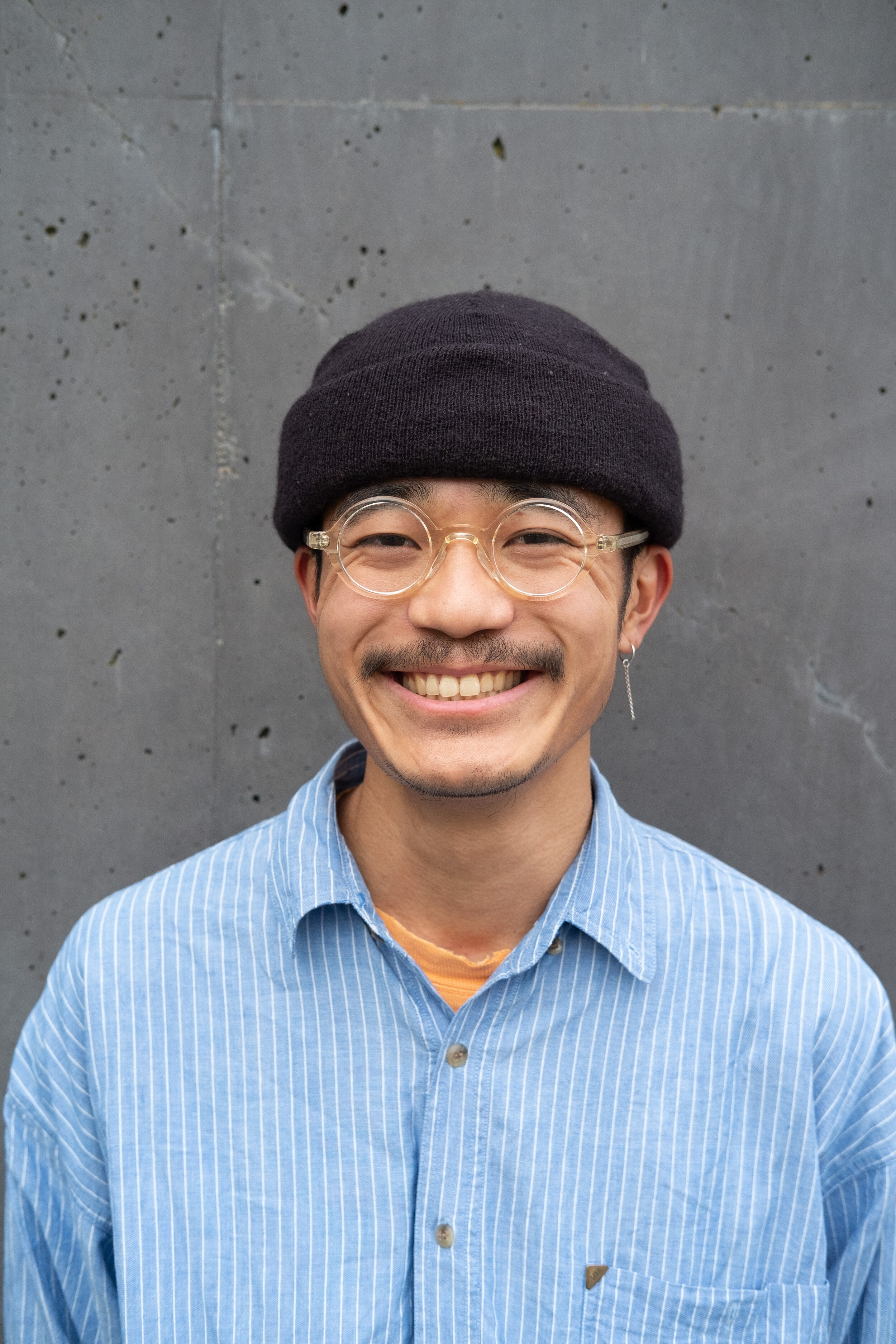Our latest Artist Profile is with artist Ingamr Apinis, winner of the Brunswick Street Gallery Ground Floor Gallery Prize at the Fifty Squared Art Prize.
Ingmar Apinis is a Melbourne based artist currently completing a Masters of Contemporary Art at VCA. Apinis’ practice revolves around an interest in the internet, nostalgia, future histories and queerness.
What medium(s) do you work with, and why have you chosen them?
I originally studied as a painter and still think of myself as a painter, but not in the traditional sense. I work with screen printing technology, and tend to treat the screens like a paint brush. It’s a tool for producing monotypes rather than multiple, which in many ways goes against printmaking traditions. I really appreciate allowing an element of chance into my screen printing. A defective print is more alluring to me than achieving perfection. I also incorporate airbrushing, stencilling and brush painting into my work and enjoy the fact that often people can’t tell how the pieces have been made.
Conceptually my work comes from an interest in the impact of the internet on our lives. Many artists who deal with similar subject matter tend to make screen based work, or leverage technology in some way but I prefer to examine the internet outside of these parameters, and I do this by using analogue techniques and mediums. In the past year I’ve begun to shift away from canvas to working on plaster. I’ve been thinking a lot about frescos and ancient tablets, and pondering what sort of relics and artifacts contemporary society will leave behind for future generations.
Can you elaborate a little more on your making process — how does your artwork get from initial concept to exhibition stage?
My processes are very intuitive, I rarely know in advance what the finished work will look like. I collect images from around the internet, and in books, as I stumble across them. Generally I start by interfering with some of these images in Photoshop and creating something that I want to expose onto a silkscreen. From there it’s all about trial and error. When I work on canvas the pieces come together almost like an oil painting, by building up layers, often masking different parts of the silk screen before printing or painting over sections until I feel like it’s resolved. The plaster works require a bit more preparation because I need to mix and pour the plaster, wait for it to set and things like that. Sometimes when i’m not happy with how a plaster piece has turned out, I’ll break it up and incorporate parts into another work, which is how Would you Rather it’s Real? came about.
Who or what are the biggest influences on your work?
So many things! Books, movies and music are huge influences. I’ve been a big fan of Autechre and their abstract electronica for a long time now. Sonic Youth have also soundtracked most of my 41 years and I think Kim Gordon is a really smart and fascinating person. Directors like Michael Haneke, Peter Greenaway and David Fincher, authors like William Gibson, Bret Easton-Ellis and Ali Smith. In terms of artists, I keep returning to people like Laura Owens, Hito Steyrl, Andy Warhol, John Raschenberg, Michael Staniak, Avery Singer…….
How do you keep your creative juices flowing? How do you push past creative block?
To make art I need to constantly be consuming and processing outside ideas and information. I’m a voracious reader (both nonfiction and fiction), I watch a lot of movies and documentaries, and I’m also a keen musical explorer. And of course, I visit lots of galleries. Despite all this, there are still days when I'm just not in the right headspace for the studio and I’ve learnt that when this happens I’m better off walking away, taking a break and re-energising.
Can you tell us a little more about your creative working environment/studio?
At the moment I work between my studio at VCA, where I’m doing my Masters, and my home studio. VCA is great because I get to interact with and meet lots of people. I like having a home studio because it allows me to work whenever the mood strikes. The home studio has also made me a very DIY artist - I’ve had to figure out how to expose silk screens without a proper printmaking studio which has been a great experience, and that ‘make do’ approach has very much become part of my overall process. There’s something very punk about it, which I like.
Who would your dream collaboration be with, and why?
Hito Steryl, because I love the way she thinks about technology and the world.
What’s next for you after your time at Brunswick Street Gallery? What upcoming projects are you working on now?
I’m starting my final year of Masters at VCA so that will be a real focus for 2020. I finished my undergrad in 2001, and returning to study after such an extended time has been super refreshing. It’s really invigorated my practice.
What does your selection as one of the winners of this Fifty Squared Art Prize mean to you, and to the future of your practice?
It’s great to see my work receive positive feedback, and that the judges really got where the practice is coming from. And, the opportunity to exhibit with the gallery will be a chance for me to install the things I’ve been working on in a formal environment which will no doubt inform the next phase of my practice.
This Prize was awarded by Sean Smith, Director and Jacqui Burnes, Gallery Manager at Brunswick Street Gallery.
































